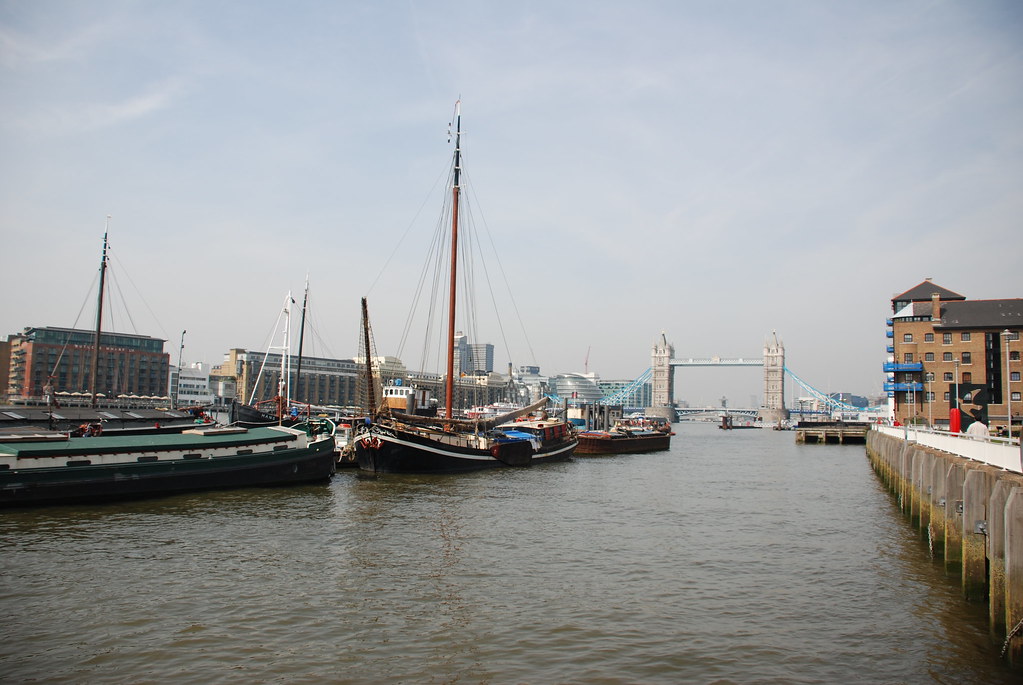
The Hermitage Mooring development is a beautifully executed architectural project. But it is also a proposition for the re-evaluation of the metropolitan citizen’s relationship to landscape. Perhaps most of all, it is a bold political statement – the result of a very personal struggle by its founders to demonstrate the possibility of individual will against established authority.
Located just below Tower Bridge, and completed less than a year ago, the development consists of twenty moorings (primarily for historic boats) attached to an elegant central pontoon that houses the community room and other common amenities. The whole structure is then connected back to the Wapping shoreline by an articulated walkway.
‘Coming home at night’ Anna, the project architect, told me ‘I sometimes feel like I am stepping into a void landscape, neither urban nor rural.’ I met Anna and her partner David several weeks ago outside Bar Italia in Soho, where they were wrapping up the celebrations for their 17th anniversary. We got talking over an article on the new American Embassy at Nine Elms, and sooner or later the fact that I studied architecture came up.
Now I sat on the foredeck of their converted barge sipping coffee and talking to Anna. ‘It is a tight-knit community,’ she said, adding quickly, ‘but it is not a gated community. The goal was never to build a second Chelsea.’ Behind her the river stretched away, past the Tower of London, Monument and St.Paul’s until it became confused with the urban fabric at Cannon Street. ‘The mooring is run as a co-operative society – when a new member moves in they “loan” a sum of money to the co-op, and if they decide to leave that sum (plus inflation) is returned to them.’ The elimination of profit is a core foundation of the project. ‘We could have made millions if we had made it all residential, but it’s not about material gain…’ Anna paused. ‘You mentioned the spirit of the times, well I think that people are beginning to realise again that a devotion to money is ultimately unfulfilling.’ It is no doubt a perennial realisation, perhaps precipitated by the obvious absurdity of our economic systems.
‘It is a community for the people living here, but also for Wapping, London, and the world.’ In one of the guest berths a Canadian South-African man was taking a small Chinese junk on a world trip, accompanied by Hannah the Swedish Australian. The mooring has received delegates from Estonia, and attracted interest from Japan (where I understand floating communities are quite popular).
Anna and David have been living on the water since ’97, first Regent’s Canal and then in Southwark near St. Sabier’s dock (the alleged location of Fagan’s den of pickpockets). I just realised that their son Finn (proud owner of an African Millipede) must have grown up his entire life on a barge. I can hardly imagine his perspective on the city, driven to school each morning by speedboat.
The idea for a social democracy on the Thames was the product of dinner party banter. I expressed some surprise at this – my intricate plans and elaborate schemes conceived at table are almost always exposed as pipedreams in the grey light of the morning after. ‘This was a group of people who made things happen’ Anna told me. As evidence of this fact, another time they had speculated about a cinema-barge. So was born the London Floating Film Festival.
When faced with an unjust eviction from their previous moorings the group began to talk to the owner of an old commercial pier near St Saviours Dock. The aging waterman was quite enthusiastic about the project. He had been disillusioned for some time with the Port of London Authority’s attitude towards the river, and upset by the disrespect shown by the likes of the clipper service. ‘You used to be able to cross the London Pool by walking across the barges. But nowadays the history of the watermen is being forgotten...’ [This is the subject of a new film released last Friday at the East End Film Festival entitled “Rime of the modern mariner”].
This was five years ago, and it has been a long and arduous battle for that group to realise the project. A clumsy block of luxury apartments borders the river at that point and several of the residents found it impossible that such a radical community could exist. They made fantastical claims, that it would become overrun by “water-gypsies” who would cook their meals on open fires and hang out their washing in the park. A classic example of too much Dickens in the upper bourgeoisie. Certainly the story of Knut would be more appropriate – they should know that not even kings can stop the changing of the tides. Now even the PLA occasionally moor there.
The near seven metre tidal variation on the Thames produces great changes in the relationship of the pontoon to the bank. At high water it seems practically an extension of the adjacent park, a delicate urban finger testing the waters of this newfound landscape. At low water the effect is quite different, two storeys of brick wall are exposed, practically hiding the jumble of flat-bottomed boats. Every hour brings with it a new relationship to the city.
Anna shows me round the central pontoon. On it is a long building containing a community room, porch, and an amenities block with kitchen and office. Behind one door is a half-finished birch panelled room. ‘This is one of my favourite spaces’ she gestures to the block of sun coming through the high skylight ‘when we get a bit more money it will be the sauna.’ It is here that the skill of the architect becomes most apparent. For what is a very simple building the control and quality of the detailing is astoundingly high. The spaces are often hired out for functions, dinners, art installations & film screenings. All the profit goes to the co-op, which is also a charity dedicated to promoting the history of the Thames. It is not uncommon for groups of schoolchildren to tour the historic boats.
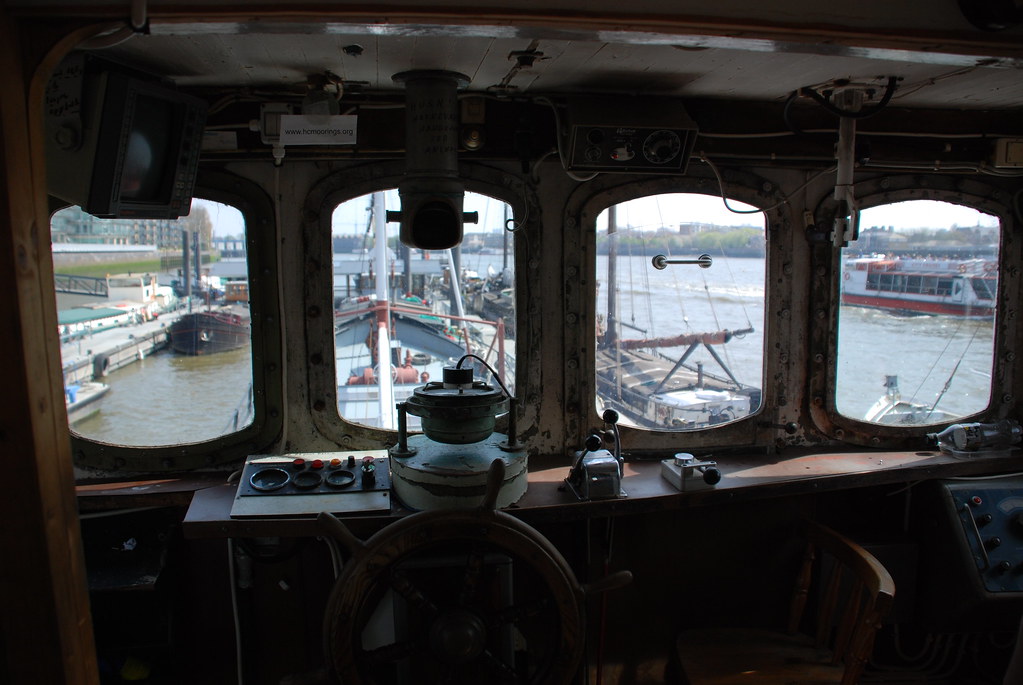
At one point David said ‘the project is really about self-determinism. It’s a very political project.’ The poor remain oppressed by authority because of their lack of education. As Adorno puts it, they remain oppressed precisely because they are unaware of their own oppression. It is only with that knowledge that the possibility of individuality becomes possible. With comparatively little money this small group have challenged, in all senses, orthodox views on the role of the river in city. Further, they have challenged what they believe to be the kernel of urban living: the complete concentration on self. ‘The city citizen is concerned only with the individual and never the other. Being part of a co-op changes that – you become an agent, in a very literal sense, for the other. And rather than losing your individuality you grow in yourself, while being a representative of a collective.’ Anna is a very frank woman, and one gets the impression from her stories that she spent a large portion of her life avoiding conflict. Just before I left she said proudly ‘I used to be very unaware of what it was we were doing, but I really feel we have accomplished something here.’
Find out more about them on their site: http://www.hcmoorings.org/
See more images on MP's Flickr.
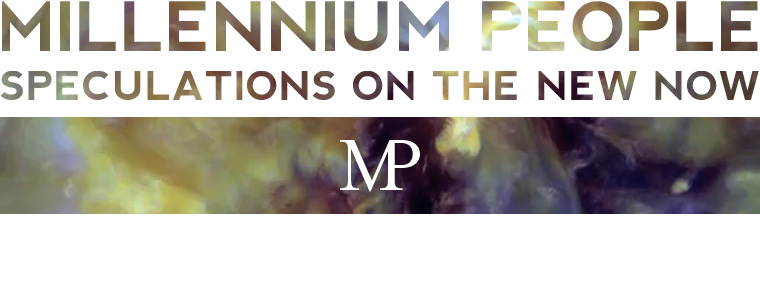
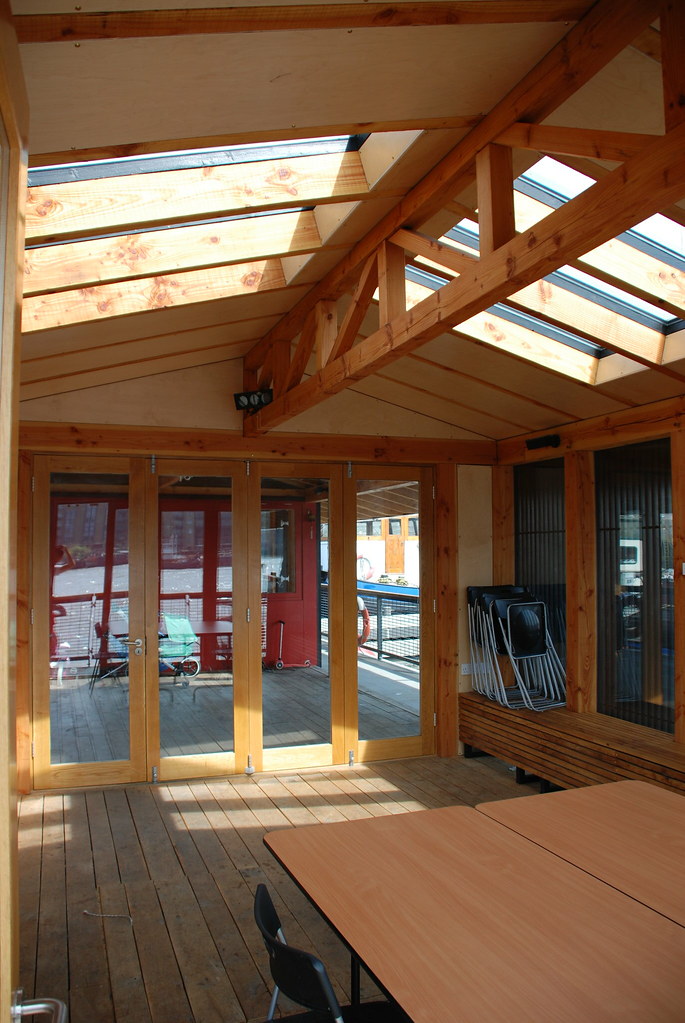
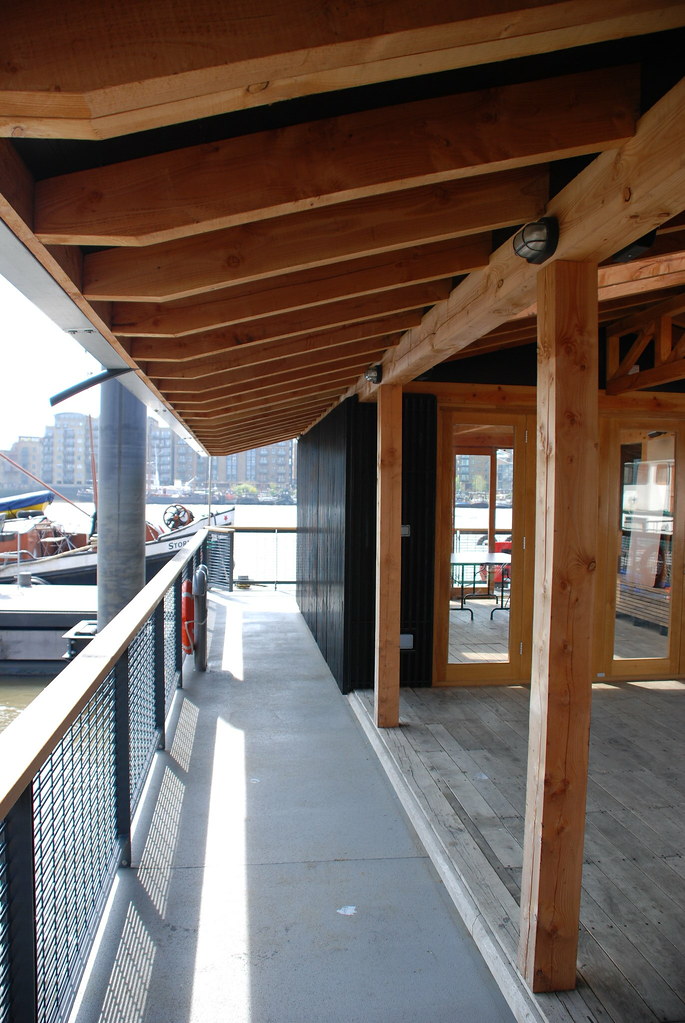
Another hidden treasure in Wapping!
ReplyDeleteGreat article.